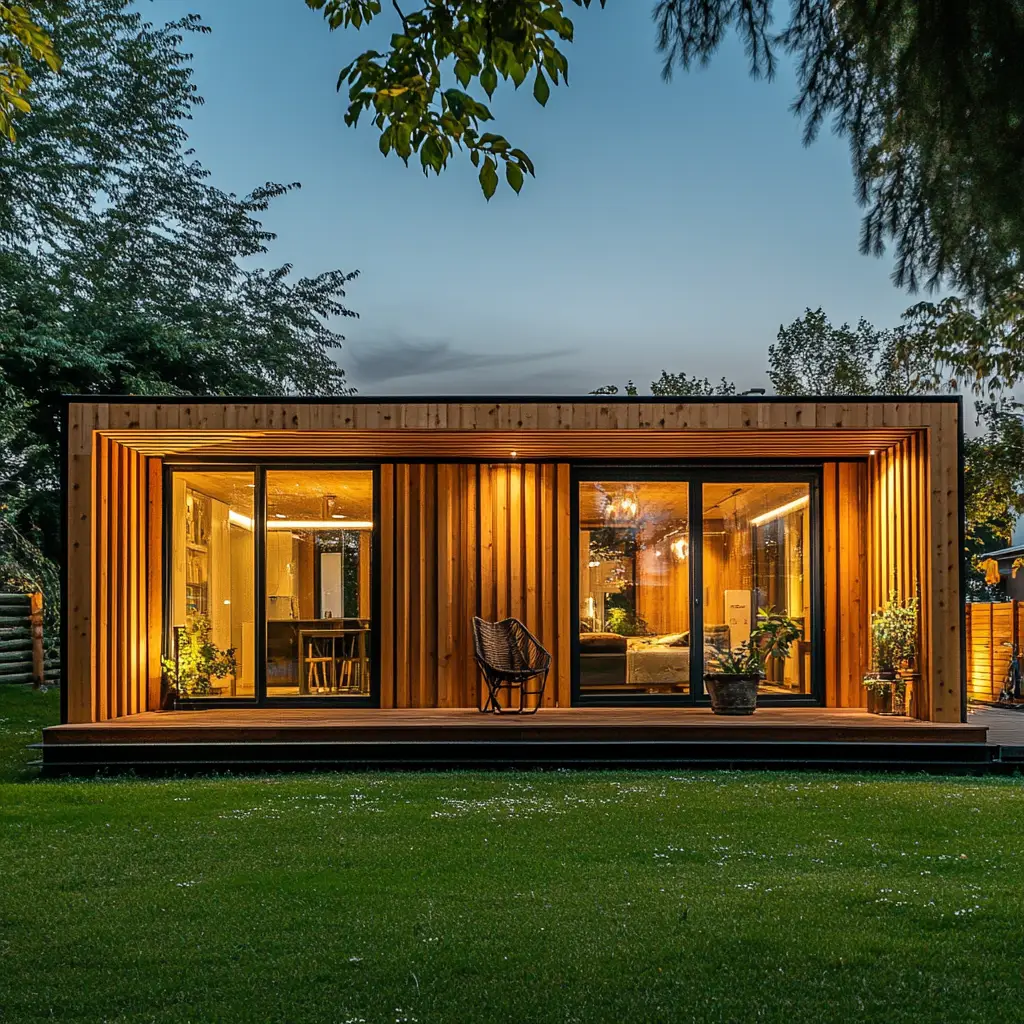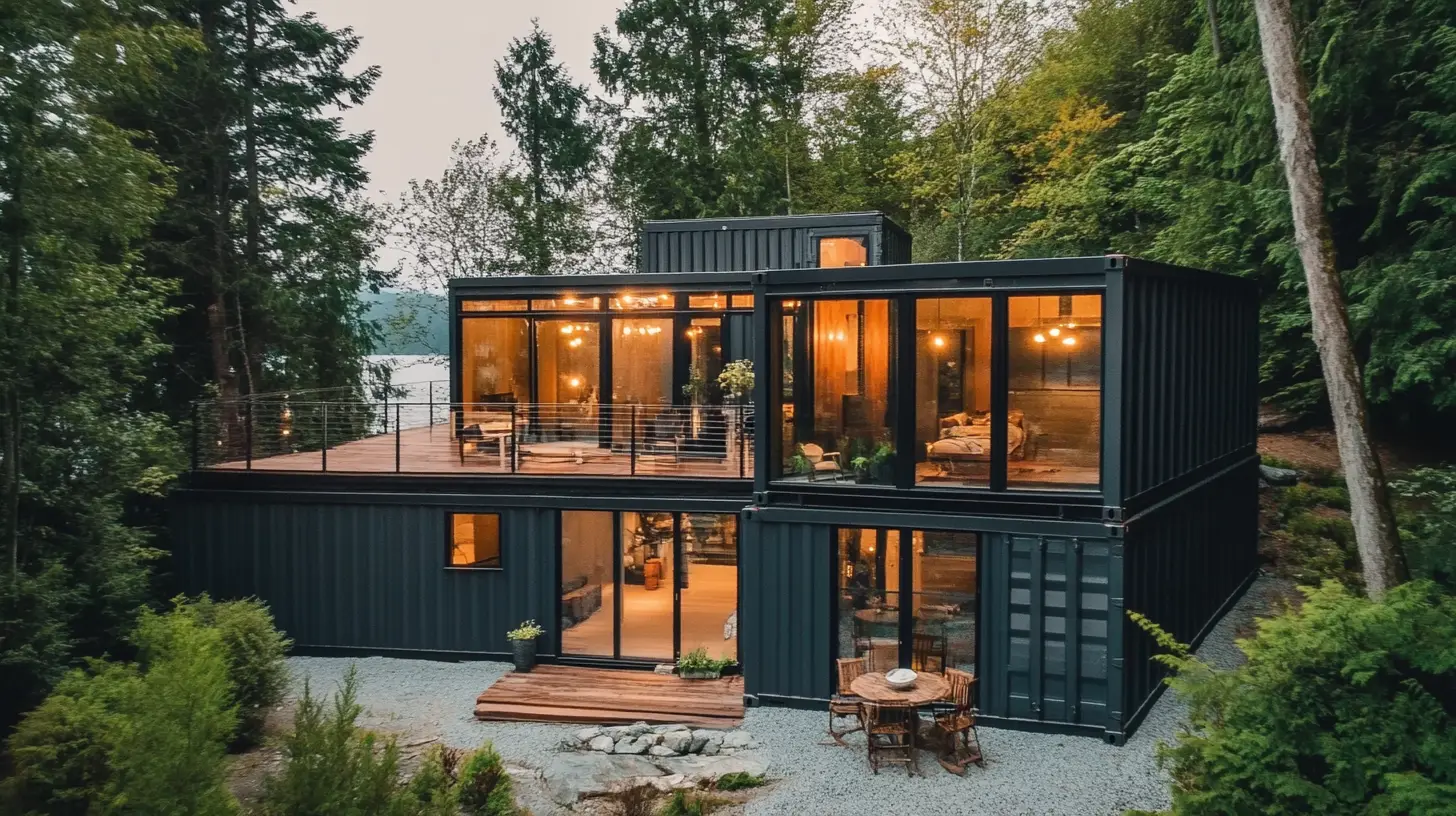Could shipping containers be the future of affordable housing?
According to Beyond Market Insights, the global container homes market is set to grow from USD 72.07 billion in 2024 to USD 117.49 billion by 2032, thanks to their sustainability, affordability, and quick build times.
Why Are Container Homes So Popular?
The global housing market is facing two pressing challenges: affordability and sustainability. As urban populations surge, particularly in regions like North America and Europe, the demand for affordable housing solutions has never been higher. Shipping container homes offer a highly cost-effective solution to these problems. Repurposed from the cargo industry, container homes present a way to reduce construction waste while offering modern, minimalist, and functional living spaces.
On top of that, container homes appeal to eco-conscious consumers. Built from recycled materials and with the potential for off-grid living, they dramatically reduce the carbon footprint associated with traditional home building. As cities look for green solutions to their housing crises, container homes have moved from niche projects to mainstream options.
Market Growth Drivers
The container homes market is experiencing a robust Compound Annual Growth Rate (CAGR) of 6.3% during the forecast period. Several factors are contributing to this growth:
- Affordability: Compared to traditional brick-and-mortar homes, container homes can be built for a fraction of the cost. This has made them an attractive option in developing economies and regions with severe housing shortages.
- Sustainability: As sustainability becomes a key driver in consumer choices, the eco-friendly nature of container homes is fueling their popularity. Governments around the world are incentivising green construction methods, further propelling the growth of this sector.
- Modular Construction: The modular design of container homes means they can be built quickly and adapted easily. This is particularly advantageous for regions that face natural disasters, where emergency housing is often required. The flexible nature of container homes also allows for creativity, making them a popular choice among architects looking to push the boundaries of traditional housing design.

Regional Insights
While North America and Europe currently dominate the container homes market, the Asia Pacific region is projected to see significant growth. This is due to the increasing demand for affordable housing in countries like India and China, coupled with supportive government policies that encourage sustainable building practices.
Latin America and the Middle East are also seeing a rise in container home adoption, particularly in areas with extreme weather conditions. The durability and portability of container homes make them well-suited for regions prone to hurricanes, earthquakes, and other environmental challenges.
Key Players and Innovations
Some of the leading companies shaping the container homes market include SG Blocks, Hive Modular, and Honomobo. These firms are pushing the boundaries with innovative product offerings and customisable container homes that cater to different needs, from tiny homes to multi-storey buildings.
Future of Container Homes
As container homes continue to grow in popularity, their applications are expanding. No longer just for residential purposes, these homes are being used as holiday homes, nursing homes, and even emergency housing during crises. This versatility is one of the key factors driving the market’s growth over the next decade.
“The rise of container homes reflects a growing demand for sustainable, affordable, and innovative housing solutions in an increasingly urbanised world.”
Case Study: A Smart Housing Solution for Disaster Relief
In 2021, the Caribbean was hit by a series of hurricanes that left thousands homeless. Shipping container homes were deployed as temporary housing for affected communities, and their success has reshaped the region’s approach to disaster relief. Built within weeks, these homes provided immediate shelter and, unlike traditional tents or temporary structures, offered a dignified living space with all the basic amenities. The Caribbean case study highlighted the durability of container homes and their ability to withstand extreme weather conditions, prompting governments to consider container homes as a permanent solution for vulnerable regions.









